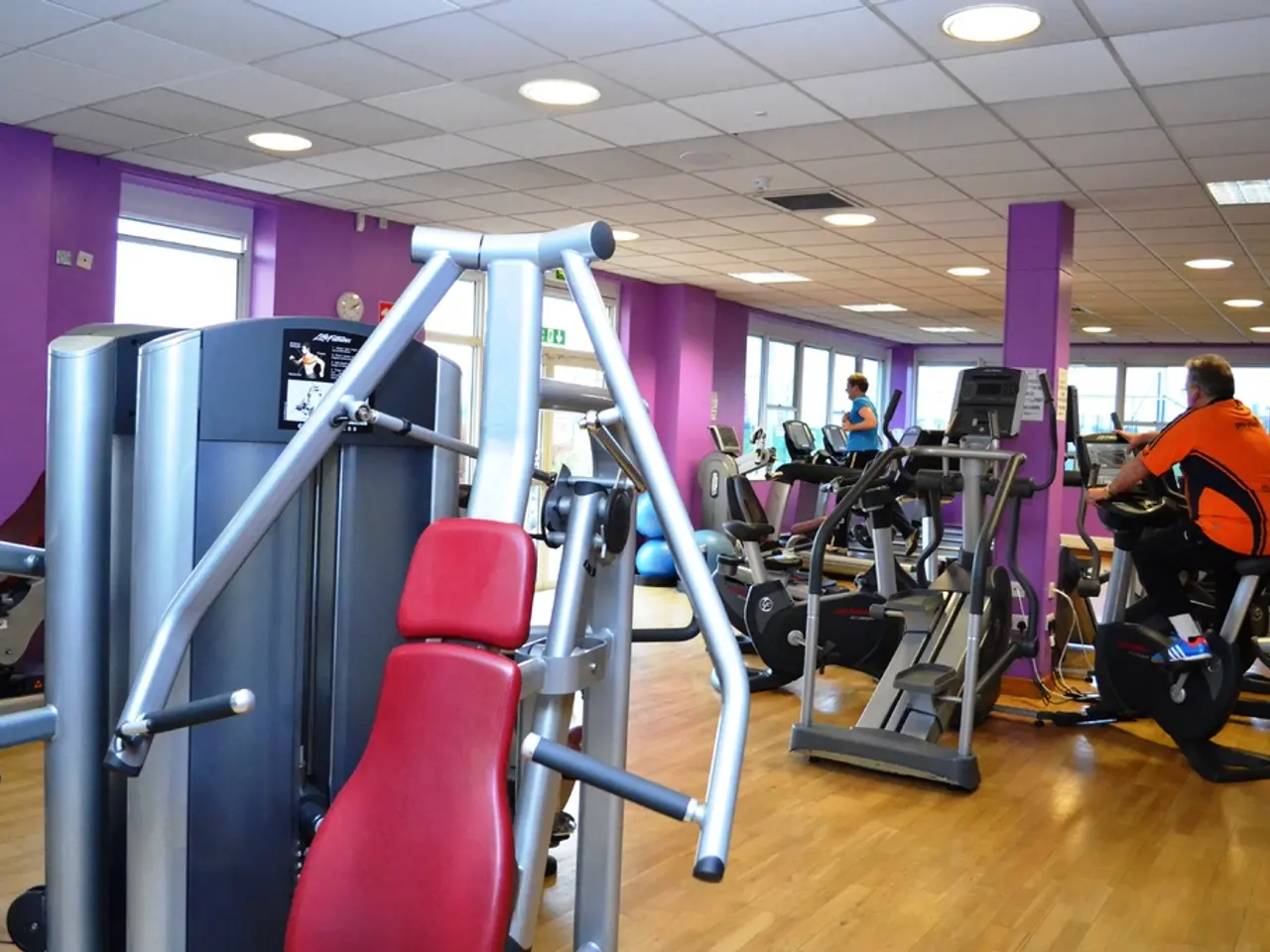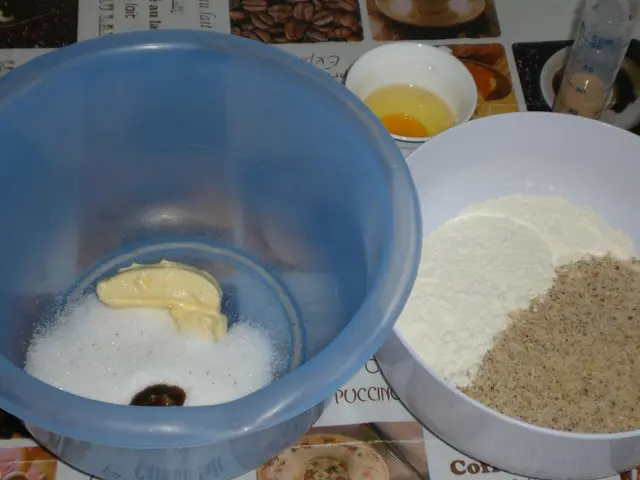Unlock the push-up mastery with this instructor's fail-proof four-step routine for your initial push-up experience
==============================================================================================================
Sherri McMillan, an internationally recognised fitness expert, personal trainer, and author, has devised a step-by-step plan to help beginners perform a proper push-up. Based on general exercise progression principles, McMillan's plan gradually increases the difficulty to build strength and technique for traditional push-ups.
Step 1: Wall Push-ups
Start with standing wall push-ups to build initial upper body strength with minimal load. Position yourself a few steps away from the wall, with your palms placed just wider than shoulder-width apart at the level of your shoulders. Bend your arms to bring your chest towards the wall, then press away forcefully to complete the exercise.
Step 2: Incline Push-ups
Progress to push-ups against an elevated surface like a sturdy countertop or bench, which is more challenging than wall push-ups but less than floor push-ups. Place your hands just wider than shoulder-width apart on the edge of the bench or couch, and perform the push-up as you would with a wall push-up.
Step 3: Knee Push-ups
Move down to the floor, performing push-ups on your knees. Position your palms on the floor a few inches beside your chest, and keep your abdominals contracted and your back in a neutral position. Bend your elbows to lower your chest to your hands, then push back to the start.
Step 4: Negative/Partial Floor Push-ups
Lower yourself slowly from the standard push-up position focusing on eccentric muscle control. This is the negative push-up variation, which McMillan recommends focusing on next. Possibly only lower partially, and then push back to the start.
Step 5: Full Floor Push-ups
Once you can comfortably complete a set of 20 reps on an incline push-up, you should move to the floor for a knee push-up. Repeat the process, and as you become stronger, you can progress to full floor push-ups with palms and toes on the floor, fully engaging the upper body core muscles.
If wall push-ups become too easy, consider placing your hands higher up on the wall or progress to a bench or couch for a more challenging angle. If an incline push-up starts to feel easy, move to the floor for a knee push-up.
McMillan, who holds a bachelor's degree in Exercise Physiology from the University of Windsor and a master's degree in Exercise Physiology from the University of British Columbia, is the owner of Northwest Personal Training in Vancouver, Washington, and an international fitness presenter, personal trainer, fitness columnist, and author of five books and manuals.
If you want the exact program by Sherri McMillan, it might be best to contact Northwest Personal Training directly or search specifically for her instructional materials or videos online, as this detailed plan was not found in the current search results.
- Sherri McMillan, an expert in the field of fitness and science, builds upon general exercise principles in her step-by-step guide for beginners, gradually increasing the difficulty of workouts like push-ups to improve strength and technique.
- To maintain proper fitness and health-and-wellness, McMillan recommends following her progressive approach to push-ups, starting with wall push-ups, moving to incline push-ups, knee push-ups, and eventually full floor push-ups, ensuring a balanced exercise routine for everyone.
- With a strong foundation in Exercise Physiology, Sherri McMillan provides personal training services and fitness-and-exercise instructional materials and videos, offering a holistic approach to personal fitness and the science behind it, enhancing one's overall health and well-being.




